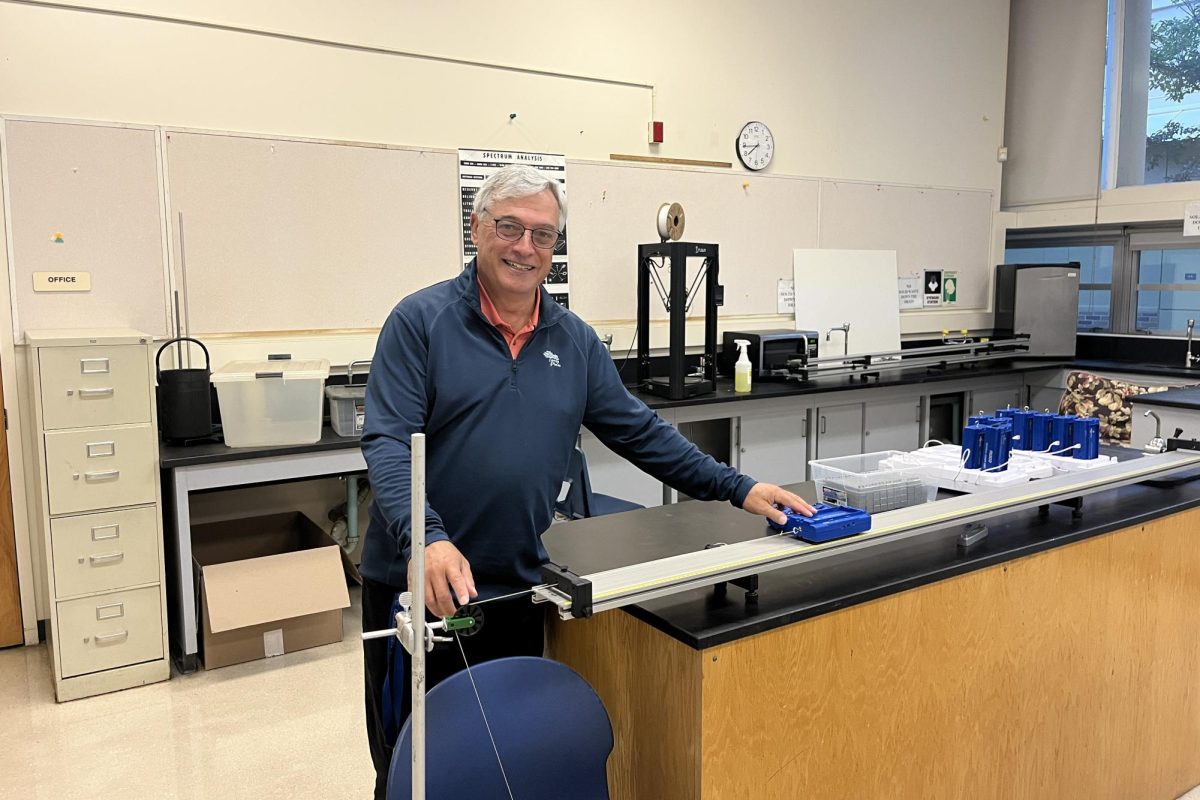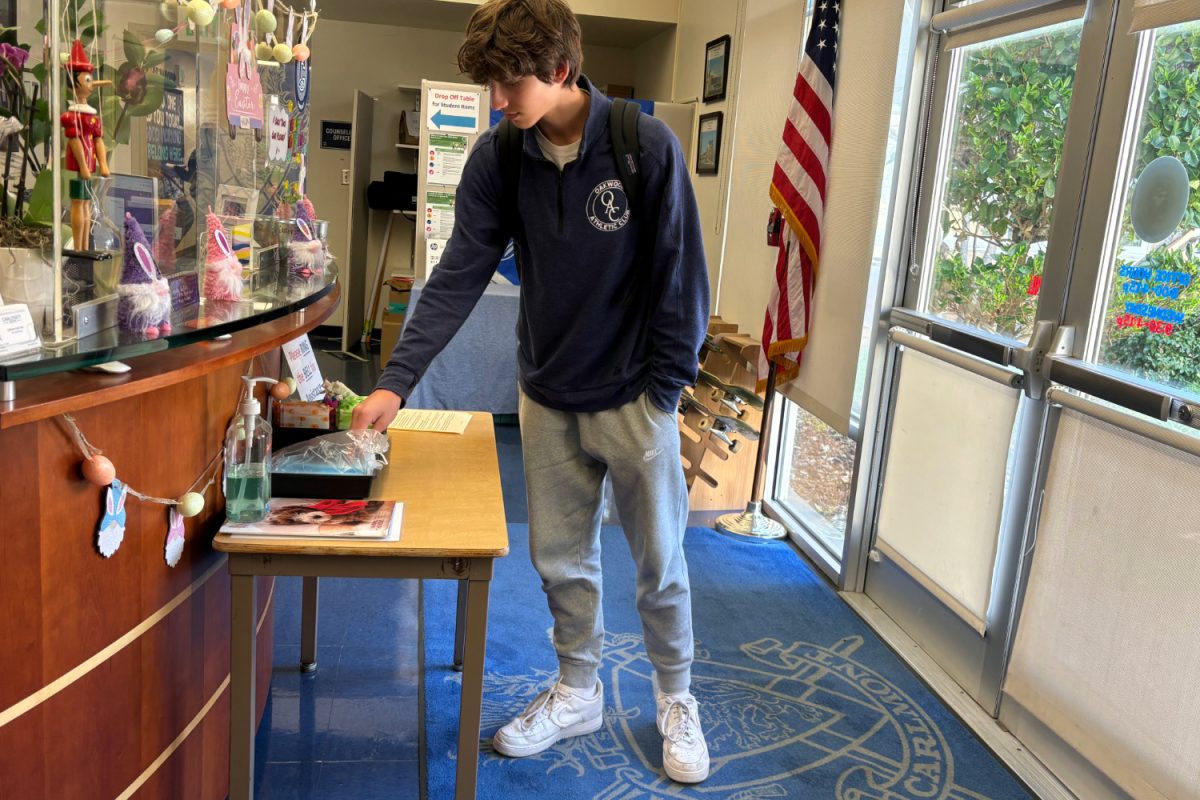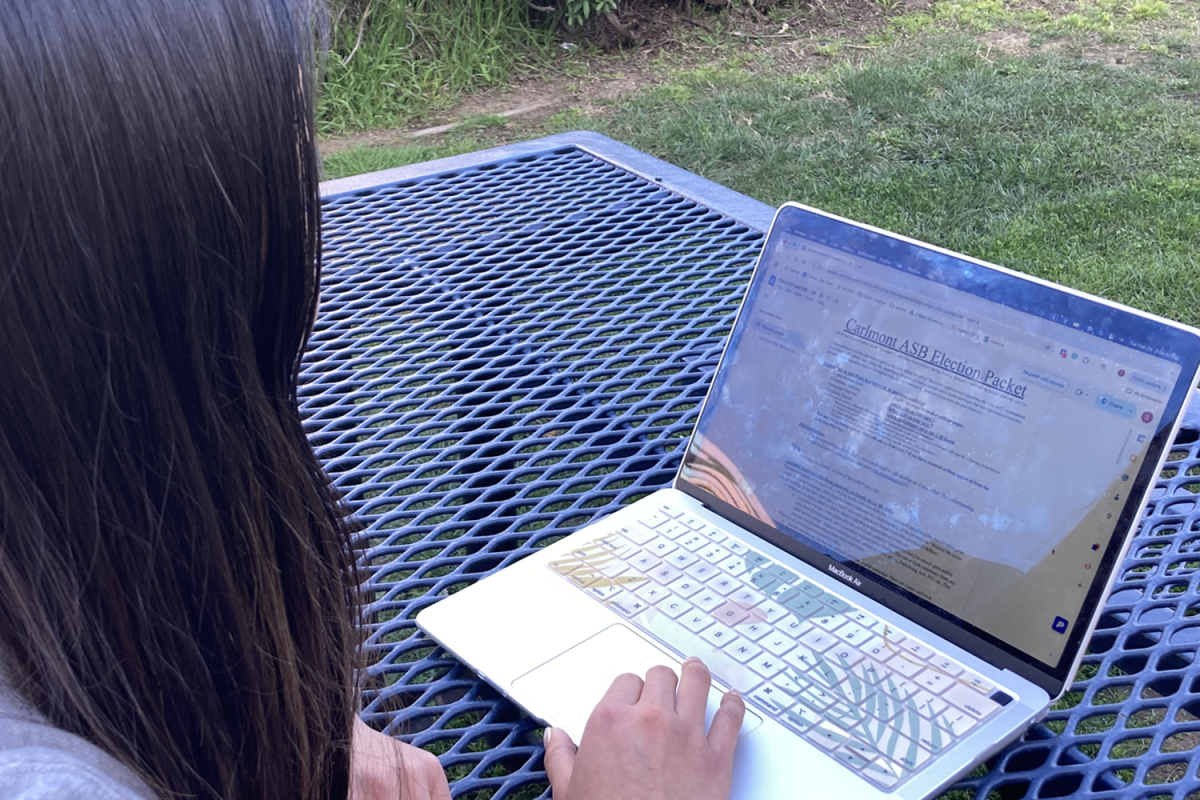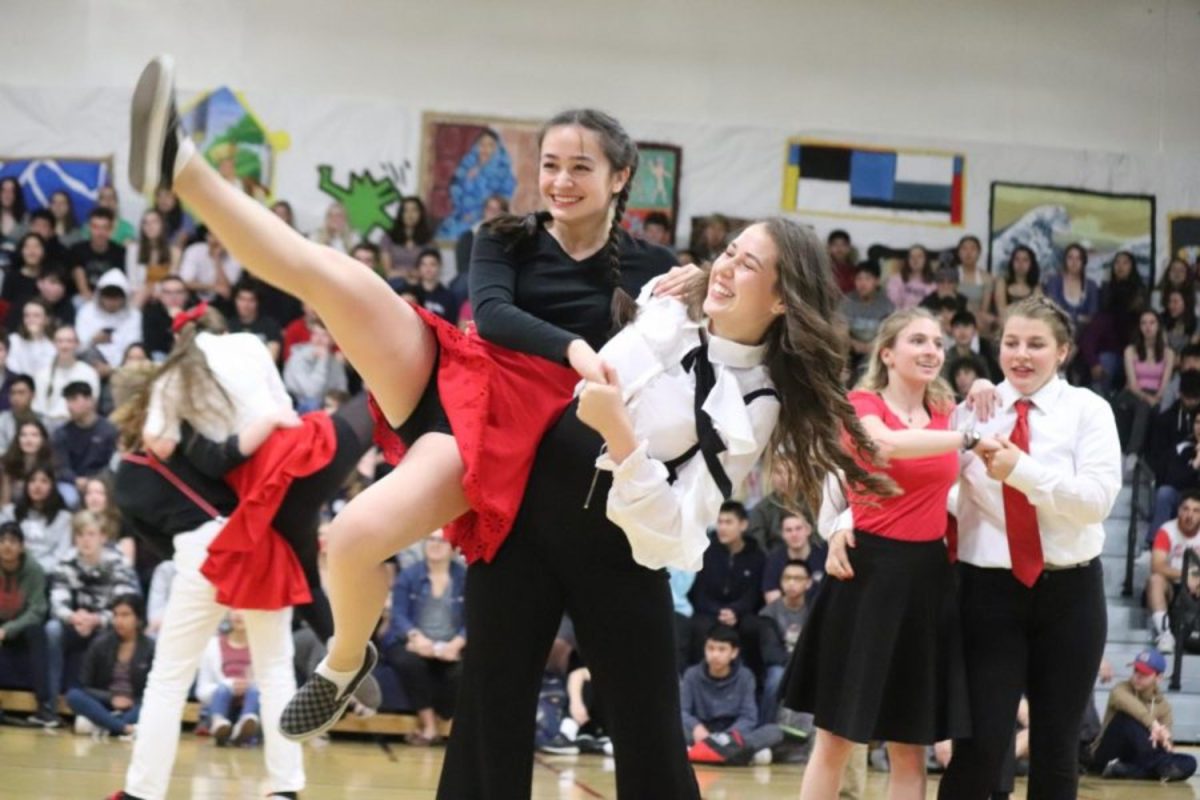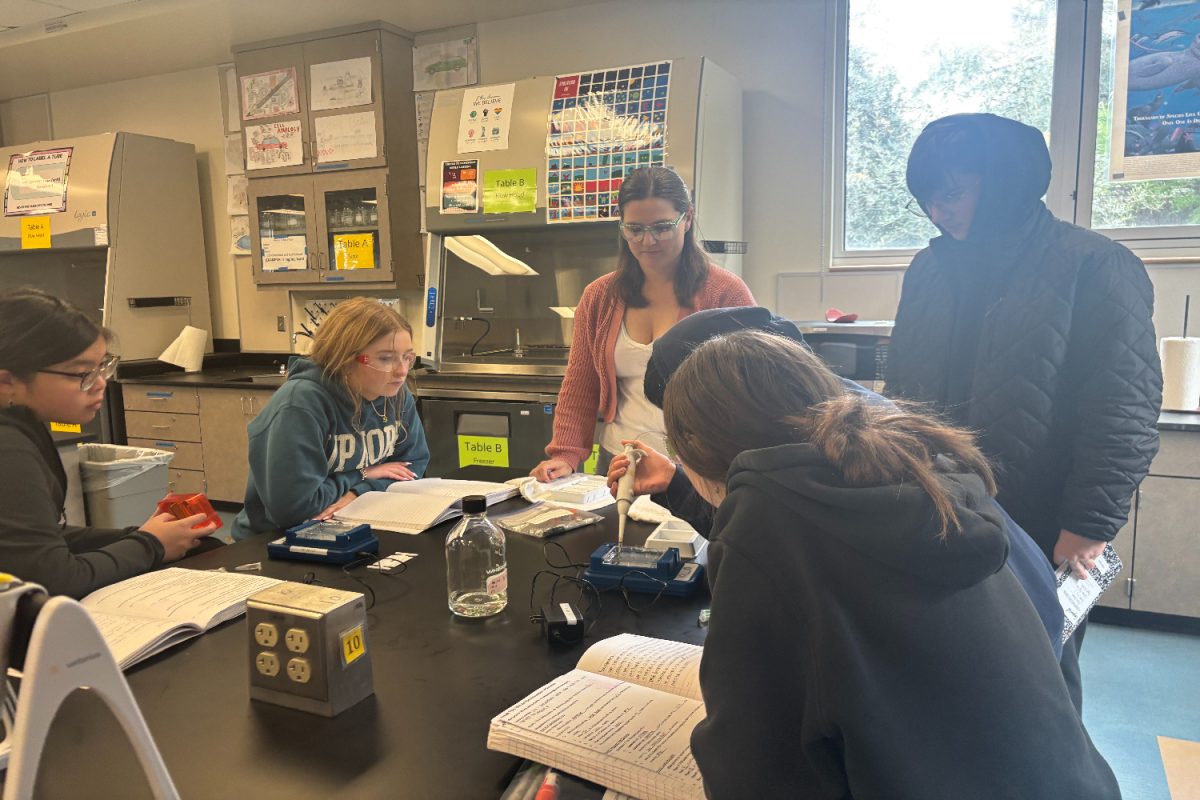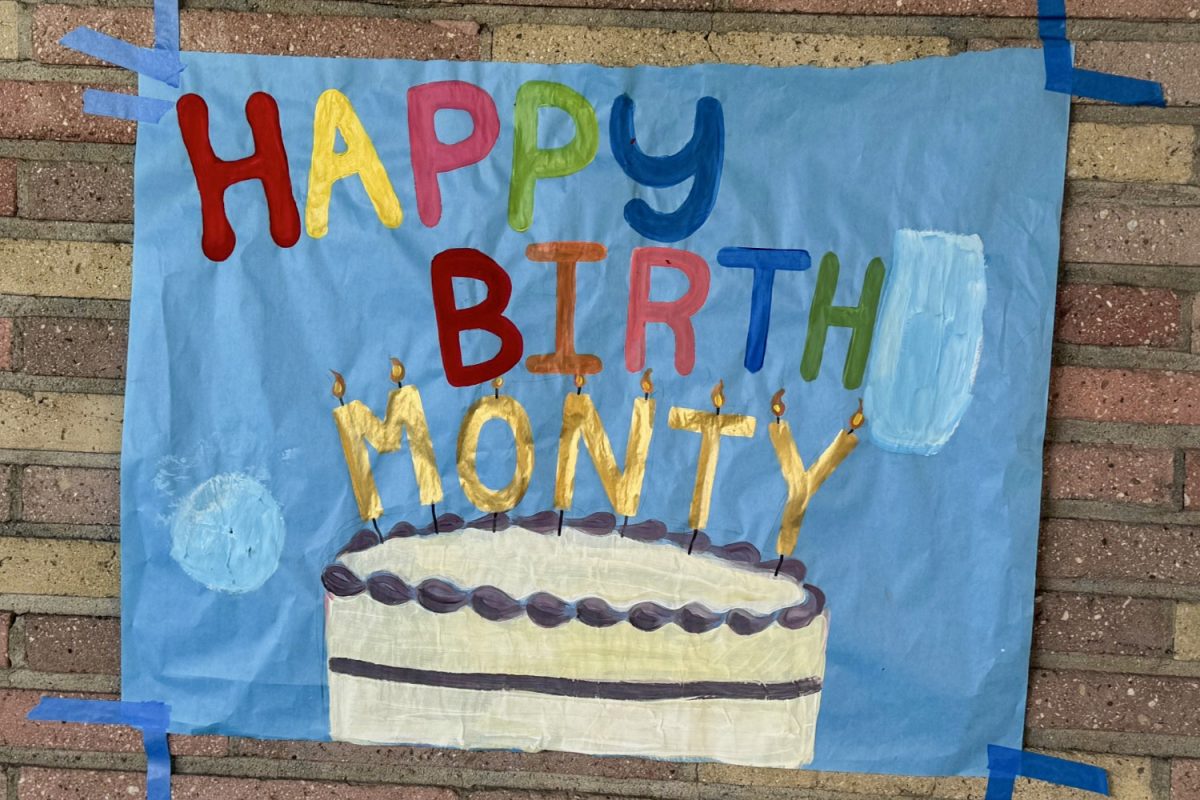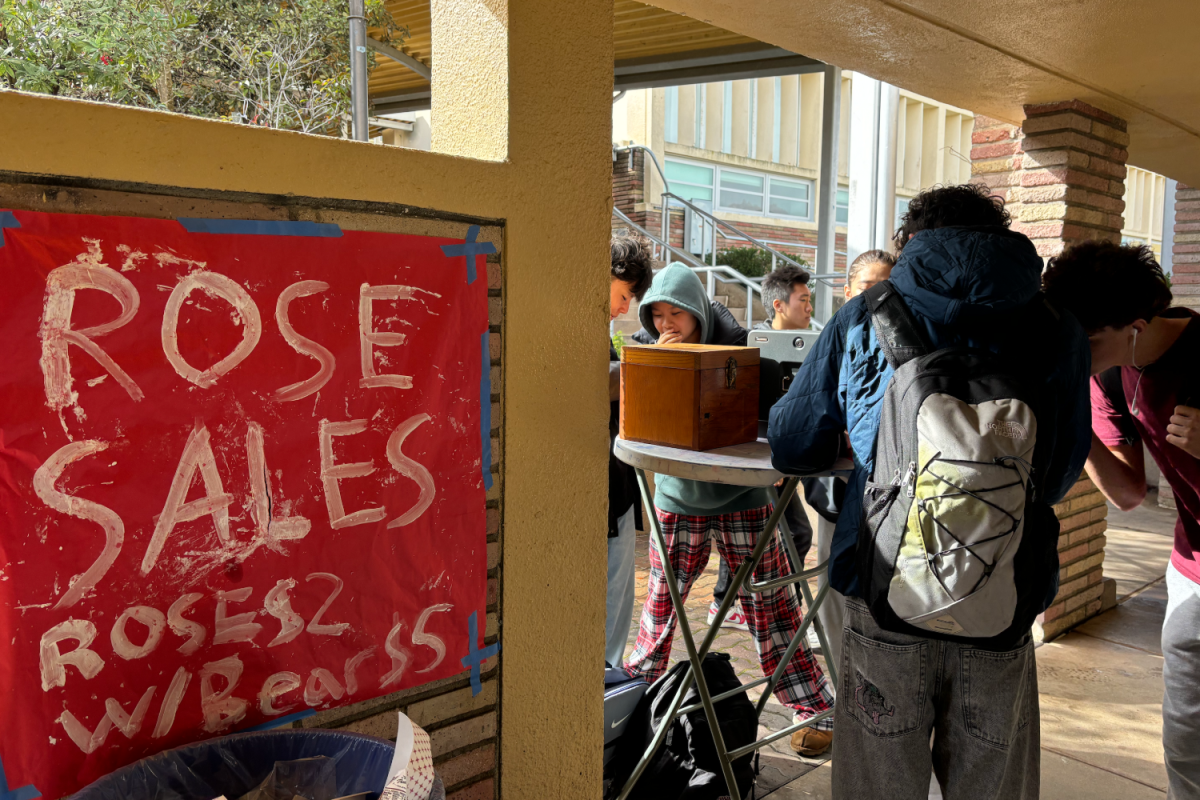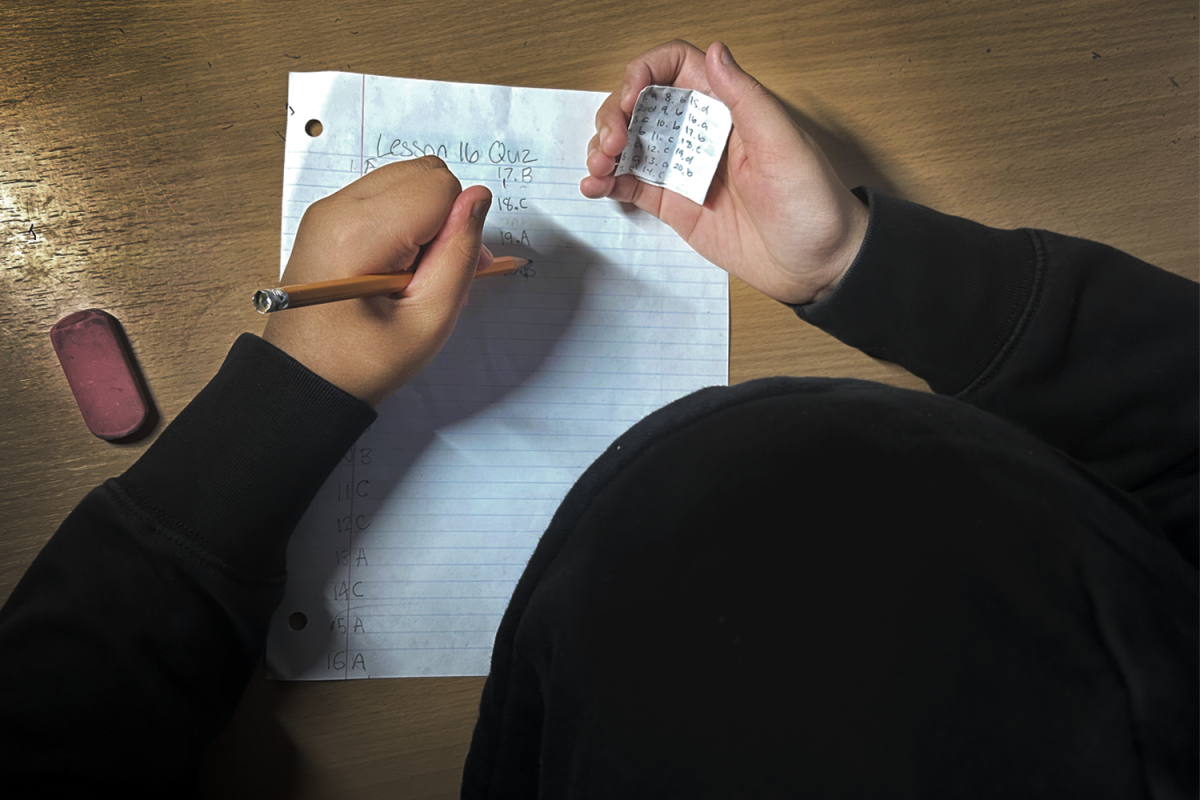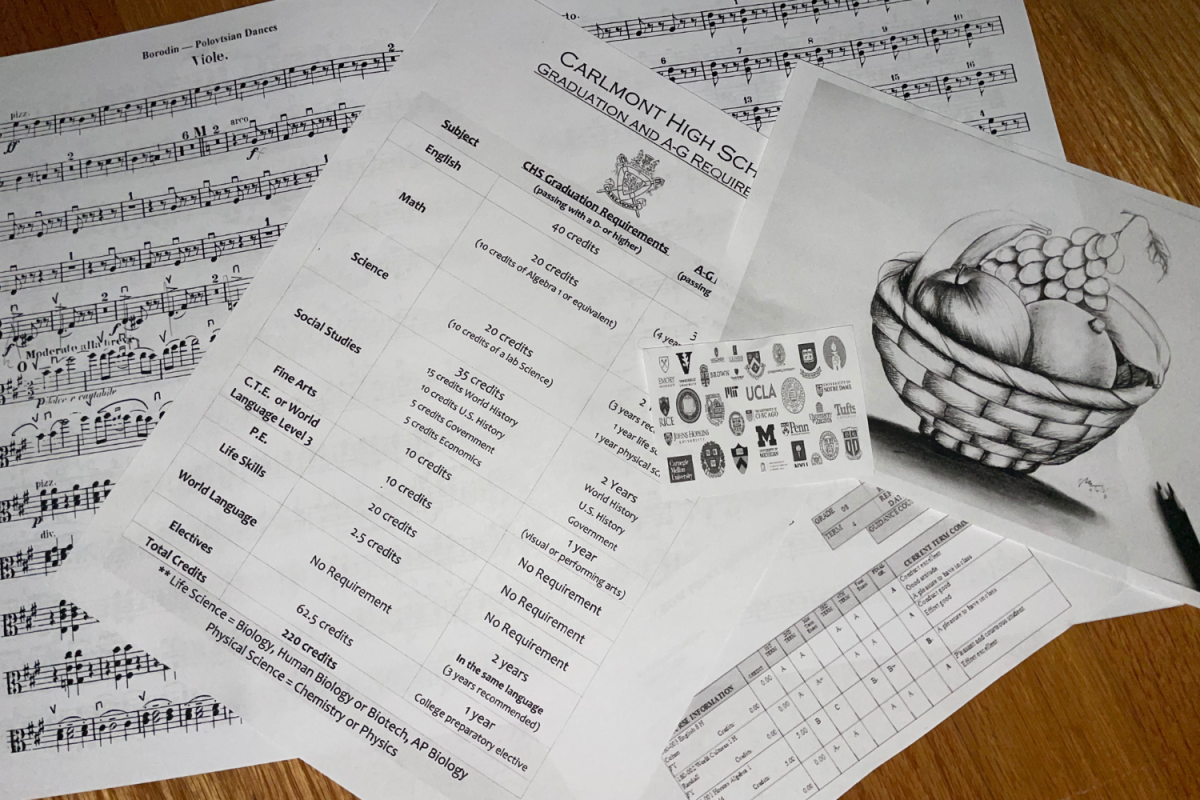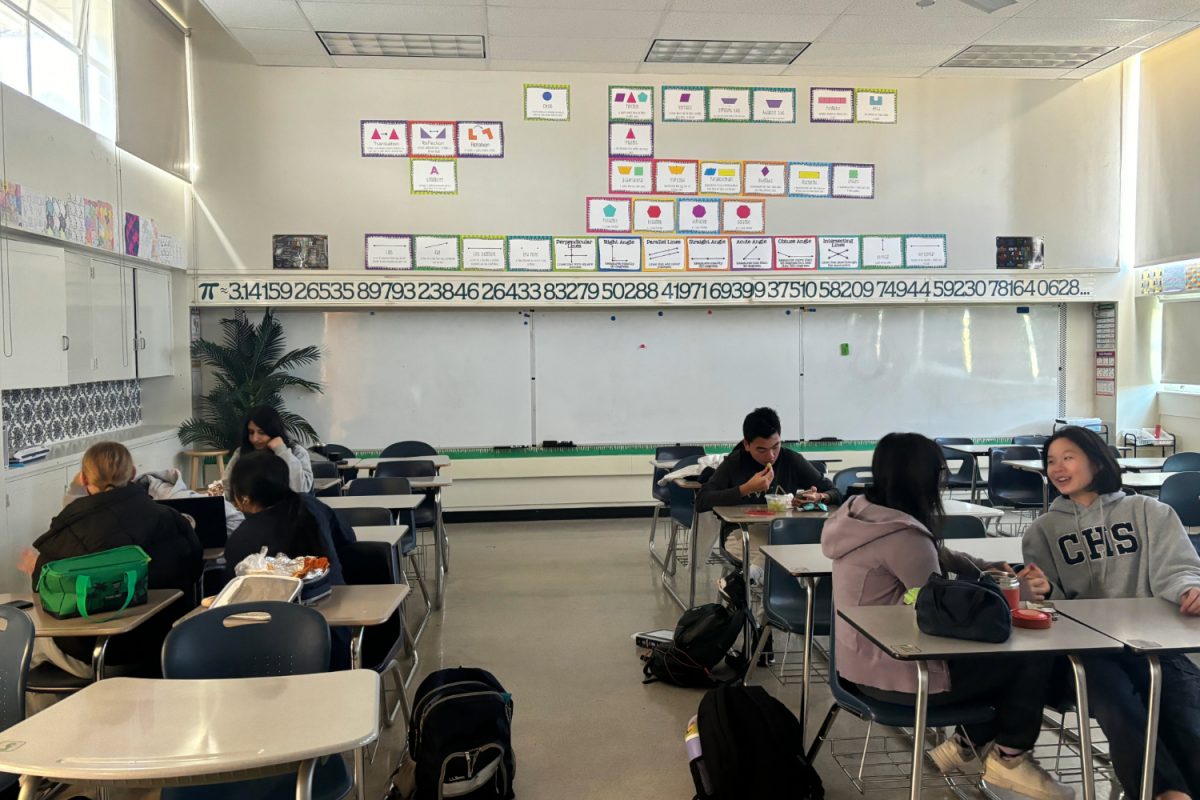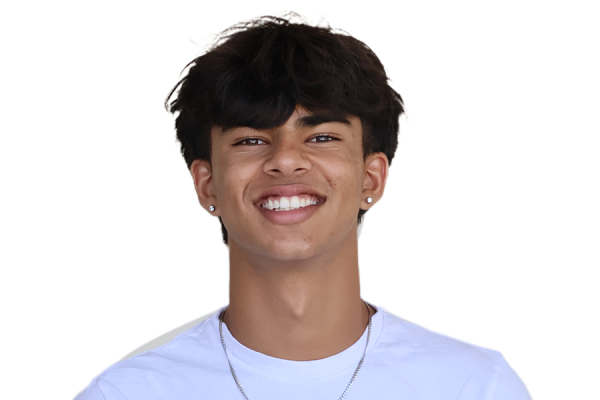The Air Force to teacher pipeline is not a common one, but it was the right choice for Carlmont physics teacher James Bohac.
Bohac attended the U.S. Air Force Academy out of high school to become an officer in the Air Force. The military academy path appealed to Bohac, as he didn’t have many other opportunities for further education.
“My family didn’t have enough money to send me to college, so the Air Force was an opportunity for a free education,” Bohac said.
He saw the Air Force as a path toward a good education and a stable job. Bohac’s time at the academy and as an officer gave him skills that would prove valuable later in his career.
“The Academy was not a great experience, but what it taught me was perseverance,” Bohac said. “It challenged me physically, mentally, and in other ways.”
After graduating from the Academy, Bohac was immediately placed in a challenging officer role.
“Being put in a leadership position, I was given more responsibility than most recent college graduates,” Bohac said.
Bohac studied to be an engineer at the Air Force Academy but originally went there for its liberal arts options. However, after taking several mandatory engineering and math courses, he realized that a career in engineering was something he was more interested in pursuing.
This acceptance of changing interests is something Bohac wishes to impart to his students.
“There’s a lot of pressure to know what you’re doing out of high school, and I totally disagree with that,” Bohac said.
He believes exposure to various subjects can help students find what they enjoy. After a long time working in defense electronics, he questioned his future.
“I was semi-retired, and what I realized was that I didn’t have any hobbies to keep me occupied,” Bohac said.
After his sons had just graduated high school, he realized he enjoyed talking to young people, so he decided to pursue teaching.
Bohac taught as a long-term sub at Menlo-Atherton and Sequoia before becoming a full-time teacher at Carlmont.
Bohac credits his teaching style to his great mentor teachers and his experience in the Air Force Academy. During his time with his mentor teachers, he found discovery-based teaching techniques were often much more engaging for students than the lecture-based teaching style at the Air Force Academy.
Fellow physics teacher Ian Hagmann sees Bohac’s military background reflected in his teaching.
“Overall, he has a very professional attitude. I can see that he has integrity, discipline, and devotion, all things that the military would look for,” Hagmann said.
Bohac’s teaching style is well-received by many of his students, who find his lessons easy to follow.
“He cares about his students and takes the time to make sure everyone is caught up and understands the material,” said Andrew Dent, a sophomore.
Bohac stresses the importance of not locking yourself into one path.
“I encourage students to try to explore other things when they go off to college because they don’t know what they’re really going to enjoy,” Bohac said.
Bohac commented on the enormous expectations placed on teenagers.
“It upsets me that this pressure is put on all of you to make a choice at 17 or 18. That there’s this big mountain in front of you that you have to be prepared for,” Bohac said.
While his original reason for teaching originated partly from idleness, his mission has taken a new turn.
“It’s much different than when I was in school. I didn’t feel that pressure at the time. That’s why I teach. My whole thing is to help students and try to take off some of that pressure,” Bohac said.

